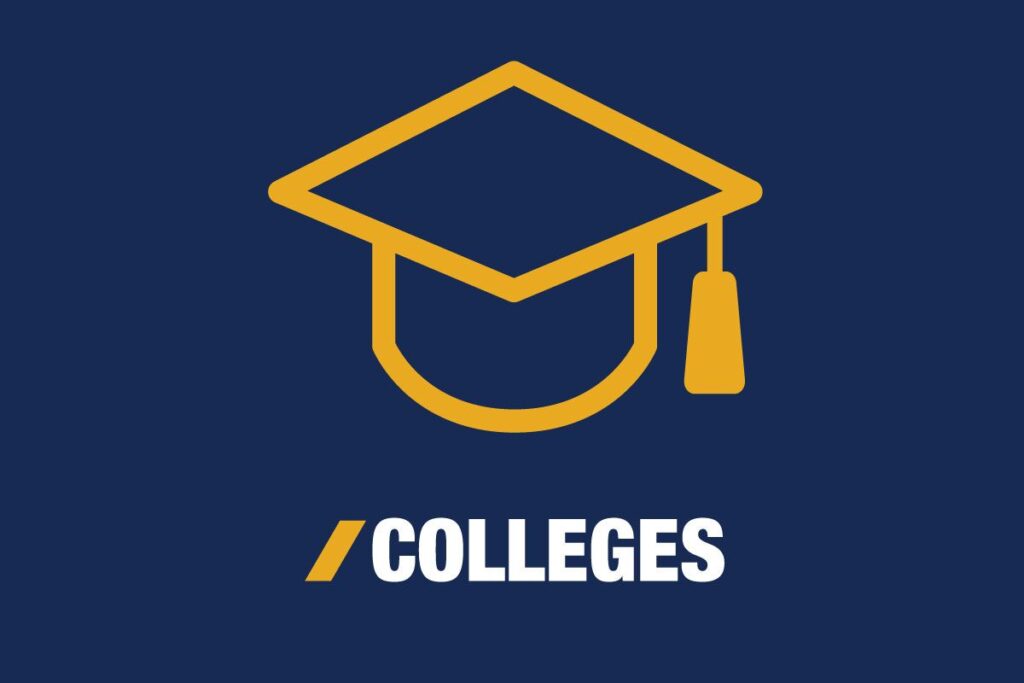Artificial intelligence is more important than ever, empowering learners around the world with information. But when AI systems can’t provide in-depth knowledge about ancient cultures, it hampers our ability to preserve and understand history.
Art history professor Megan Leight is leading the “Artful Algorithms” project, which could change the way AI learns and preserves ancient languages that are essential to understanding our world.
The project, supported by a collaborative grant from the WVU Humanities Center, will explore the impact of AI on deciphering ancient Maya writing.
Leight said the idea for the project came from the unfortunate situation that cutting-edge AI systems cannot recognize Maya script, limiting research and education.
The project is an intercollegiate collaboration between the College of Creative Arts’ art history program and the Benjamin M. Statler College of Engineering’s computer science program.
Prashnna Gyawali, assistant professor of computer science, serves as co-principal investigator.
Students from both programs will be working on their first datasets this spring and then hired this summer to help create a database that can recognize and segment Mayan characters, with the ultimate goal of designing an AI framework that can translate blocks of text in ancient Maya art.
“The explosion of data in areas such as natural image processing has demonstrated the superior capabilities of these models at tasks such as object classification, segmentation and recognition. However, we are clearly lacking similar detailed annotations of images written in Maya, which are essential for training effective AI models,” Gyawali explained in the project overview.
Deciphering ancient texts is crucial to understanding how civilizations lived, and the Artful Algorithms project aims to improve our understanding of ancient Maya culture by making it easier to decipher the script.
“We aim to harness innovations in AI to deepen our understanding of the foundations of ancient Maya civilization by critically examining the possibilities and challenges of using AI to decipher Maya script,” Leight said.
Once complete, their goal is to make the dataset publicly available to help others in their work teaching AI systems. Leight and Gyawali plan to present the project at an academic conference and have it published in a peer-reviewed journal.
“We believe this type of AI programming is the future of language deciphering: building generative AI models to learn and evaluate ancient texts and images,” Leight says. “The Vesuvius Challenge popularized AI reading of the texts on scrolls that were burned at Herculaneum in February 2024. Maya writing is the next frontier for AI and language deciphering, and this project is our first foray into this challenging interdisciplinary field, relying on humanities scholars collaborating with data scientists and researchers.”
Learn more about the Art History program.


